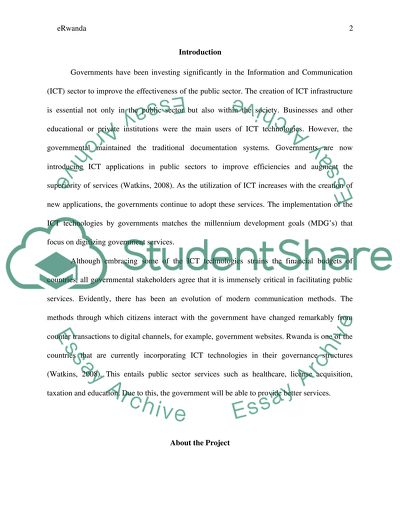Cite this document
(ERwanda Project Report Example | Topics and Well Written Essays - 1500 words, n.d.)
ERwanda Project Report Example | Topics and Well Written Essays - 1500 words. https://studentshare.org/technology/1604397-assignment-one
ERwanda Project Report Example | Topics and Well Written Essays - 1500 words. https://studentshare.org/technology/1604397-assignment-one
(ERwanda Project Report Example | Topics and Well Written Essays - 1500 Words)
ERwanda Project Report Example | Topics and Well Written Essays - 1500 Words. https://studentshare.org/technology/1604397-assignment-one.
ERwanda Project Report Example | Topics and Well Written Essays - 1500 Words. https://studentshare.org/technology/1604397-assignment-one.
“ERwanda Project Report Example | Topics and Well Written Essays - 1500 Words”. https://studentshare.org/technology/1604397-assignment-one.


